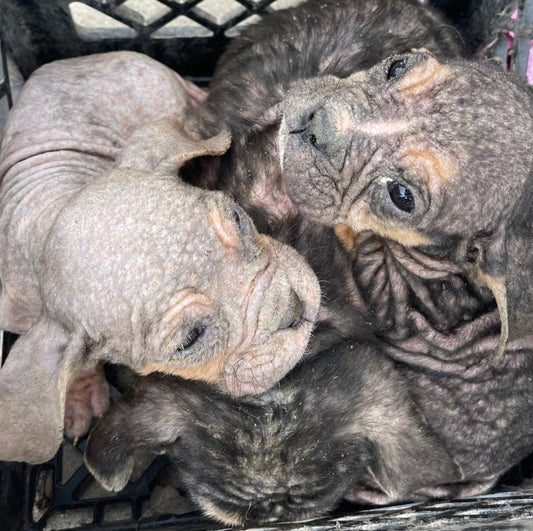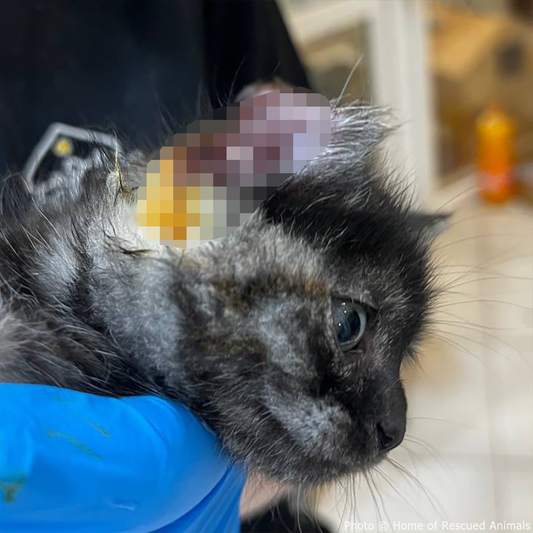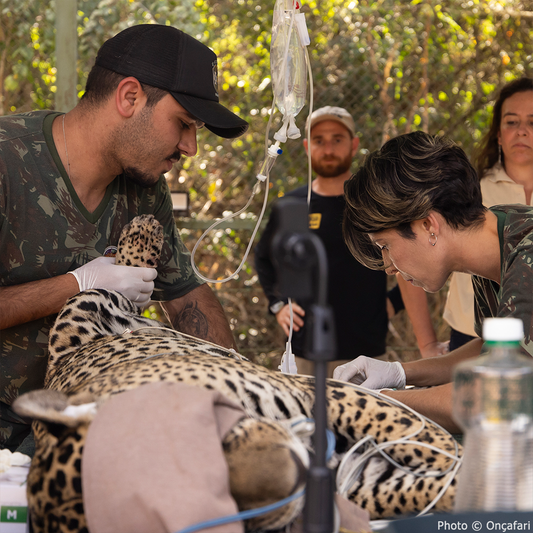Birds Have Culture and Their Own Dialects, But That Could Be Shifting as the Planet Changes
Michelle Milliken
Pixabay / hartono subagio
Humans speak a broad range of languages, and, even further, different dialects within these languages. These differences are generally found in distinct geographic regions and could confuse speakers of the same language. We’re not alone in this, either. Birds have their own dialects, as well. New research, though, shows they may be shifting as the planet changes.
A new study published in Proceedings of the Royal Society B investigated how dialects of the yellow-naped amazon changed over a 22-year period. The yellow-naped amazon is a parrot found from southern Mexico to northern Costa Rica. Critically endangered, recent counts have shown there are only up to 2500 left in the wild. These social birds - which form long-term pairs, roost in large groups, and forage with small groups - use a variety of calls to communicate with each other.
Researchers from the University of Pittsburgh at Johnstown and New Mexico State University had studied these birds between 1994 and 2005 to better understand their dialects within Costa Rica. They found three dialects: North, South, and Nicaraguan, which had fairly stable boundaries and calls throughout this stretch of time. However, when the team then looked at those same populations between 2005 and 2016, a period in which they became critically endangered, they found some big differences.
By 2016, there had been a geographic shift in call types, with some areas seeing more “bilingual” birds and the old boundary between North and South dialects changing. Calls themselves were different, as well, with more call types and more variation to their sounds.

This study highlights other ways climate change – and changing habitat – may be impacting species. It’s not just their immediate survival, but the survival of their own form of culture that could be impacted.
The study authors write, “These results suggest cultural traditions such as dialects may change in response to demographic and environmental conditions, with broad implications for threatened species.”
If you’d like to contribute to efforts to protect habitat for threatened species, which can help them maintain their way of life, click here!

Michelle has a journalism degree and has spent more than seven years working in broadcast news. She's also been known to write some silly stuff for humor websites. When she's not writing, she's probably getting lost in nature, with a fully-stocked backpack, of course.




















